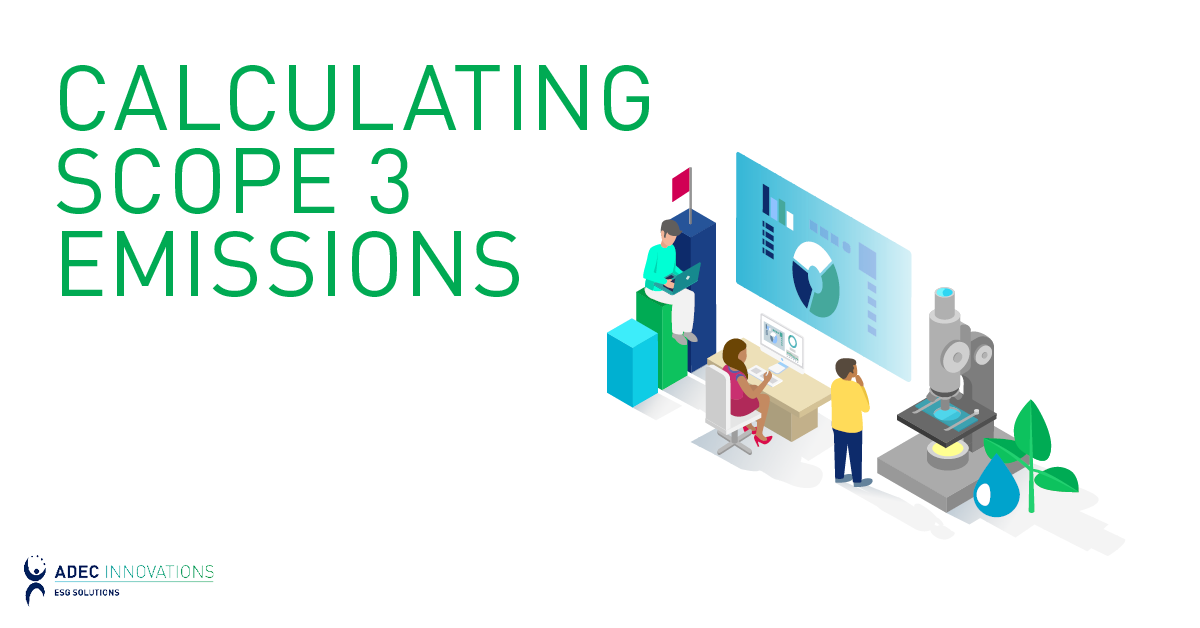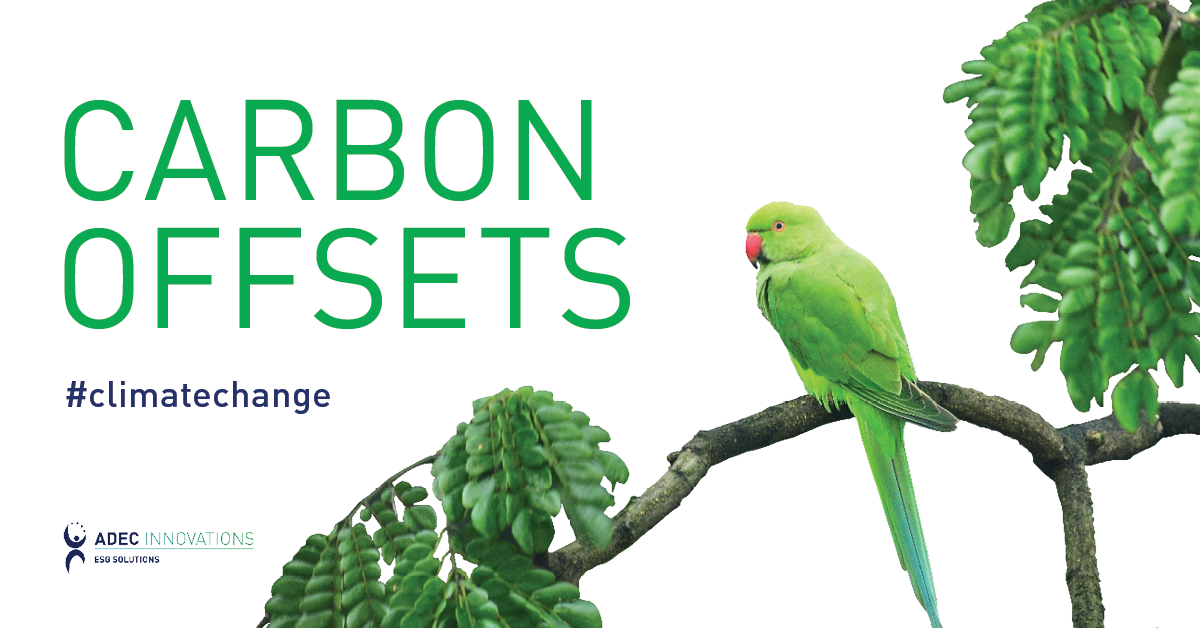Carbon Emissions Cap and Trade in California is Here to Stay
In October of last year I touched upon the inaugural cap and trade program California was implementing as a part of AB 32 requirements. Since its inception, on January 25, 2013, the San Francisco Superior Court, Judge Ernest Goldsmith presiding, denied a challenge to the California Air Resource Board’s (CARB) Cap and Trade Regulation. Citizens Climate Lobby and Our Children’s Earth Foundation v. CARB, Cal. Super.Ct., No CGC-12-5195544 (Jan. 25, 2013).

By Angela McIntire
March 5, 2013
In October of last year I touched upon the inaugural cap and trade program California was implementing as a part of AB 32 requirements. Since its inception, on January 25, 2013, the San Francisco Superior Court, Judge Ernest Goldsmith presiding, denied a challenge to the California Air Resource Board’s (CARB) Cap and Trade Regulation. Citizens Climate Lobby and Our Children’s Earth Foundation v. CARB, Cal. Super.Ct., No CGC-12-5195544 (Jan. 25, 2013).
As a reminder, in November 2012, CARB held its first auction for greenhouse gas allowances on November 14, offering 23.1 million carbon allowances for its first phase of compliance, which began January 1 of this year, and 39.5 million for the second phase starting in 2015. This cap and trade regulation establishes an overall limit on greenhouse gas (GHG) emissions from capped sectors in California. Entities subject to this cap must surrender “compliance instruments” equivalent to their GHG emissions to CARB. Compliance instruments come in the form of:
- Allowances, tradable permits that are equal to the cap, and
- Offset credits representing GHG reductions achieved in sectors outside of the cap.
Legal Challenges
The Citizens Climate Lobby and Our Children’s Earth Foundation case was brought by two environmental groups that are philosophically opposed to emissions trading programs, claiming the offsets are a loophole because the projects are not new efforts to lower carbon. Both groups argued that offsets would occur even without investments from polluters and sought a court order repealing and invalidating the offset program. In particular, their argument hinged on the part of the GHG regulation that requires GHG reductions under any cap and trade program to be “in addition to…any other [GHG] emission reduction that would otherwise occur.” California Health & Safety Code § 35862(d)(2).
The court observed that demonstrating “additionality” is inherently a counter-factual question: would a project achieving reductions have gone forward without the additional revenue obtained through sale of an offset? Here, CARB’s regulation defines emission reductions as additional if they “exceed any [GHG] reductions or removals that would  otherwise occur in a conservative business-as-usual scenario.” Cap-and-Trade Regulation, 17Cal.Code Reg. §95802(a)(4). This business-as-usual scenario is defined as “the set of conditions reasonably expected to occur within the offset project boundary in the absence of the financial incentives provided by offset credits…” (id. §95802(a)(34)). The Court ultimately concluded that CARB’s use of a standards-based approach is consistent with AB 32. “Petitioners request the court to do something it does not have the power to do. Rewrite the statute to forbid the use of offsets,” Goldsmith indicated in the opinion.
otherwise occur in a conservative business-as-usual scenario.” Cap-and-Trade Regulation, 17Cal.Code Reg. §95802(a)(4). This business-as-usual scenario is defined as “the set of conditions reasonably expected to occur within the offset project boundary in the absence of the financial incentives provided by offset credits…” (id. §95802(a)(34)). The Court ultimately concluded that CARB’s use of a standards-based approach is consistent with AB 32. “Petitioners request the court to do something it does not have the power to do. Rewrite the statute to forbid the use of offsets,” Goldsmith indicated in the opinion.
This January 25 dismissal does not leave CARB’s emissions credit auction program in the clear however; a last-minute suit filed against the auction by the California Chamber of Commerce is still pending in Sacramento Superior Court. The Chamber claims that the auction constitutes a tax that CARB has no authority to administer. Many legal experts however suspect that this case will fail as well, and the subsequent auctions will continue as scheduled.
The Future of Cap and Trade?
While cutting California’s emissions alone might not make the biggest dent on emissions (the state is responsible for approximately 1% of global emissions), the success or failure of its environmental experiment may decide whether action takes effect on a national or even global level. California’s auction has decided to limit windfall profit-taking by utilities, a problem faced by the E.U. Emissions Trading Scheme (ETS) when utilities raised electricity prices, to supposedly cover the cost of complying with ETS. With its smog regulations to energy-efficiency standards, California is the natural place for this model to be tested, as it has typically led the way to the nation’s environmental policy, with the rest of the country eventually following. As businesses both state and nationwide continue to grapple with climate change through the reduction of greenhouse gasses, FirstCarbon Solutions can offer advice and assistance with projects, and can help you strategize how best to comply with the latest greenhouse gas guidance and carbon management that will aid your business accomplish its greenhouse gas emissions goals. Call now for a free consultation.
Did you enjoy this post? The author of this article is Angela McIntire. Learn more about her here.
Related Articles
Carbon Management, Air Quality, GHG Emissions
By Tyanna Bui on November 2, 2021
Carbon Management | GHG Emissions
By Tiana Vernon on October 6, 2020
Air Quality | California | Clean Air Day
Be a sustainability leader.
Our team supports you no matter where you are on your Sustainability Journey. Talk to us today to learn more.





